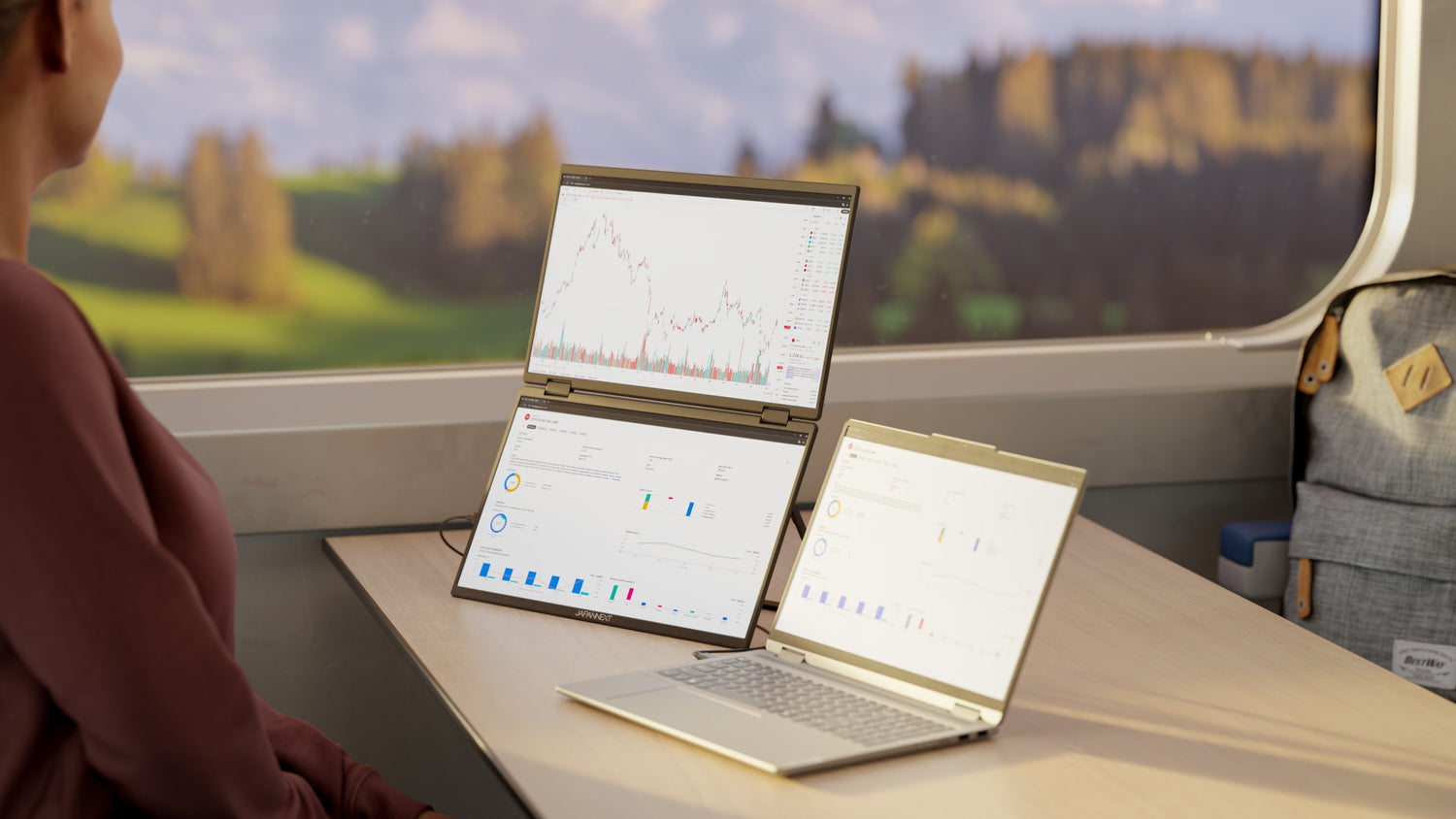Equipping a high school with esports equipment: a fleet of gaming monitors for school classrooms
Educational esports is gaining ground in high schools and preparatory classes, recognized for its pedagogical benefits: developing strategic thinking, collaborative work, and managing stress during competition. Equipping a school with gaming monitors requires a structured approach, prioritizing a consistent network, durability, and ease of management for technical teams.
The deployment of a school esports room relies on a standardized set of 24" 200Hz monitors, offering performance and consistency. This standardization facilitates maintenance (common spare parts), ensures fairness among students, and simplifies configuration management. Depending on the budget, a few 27" monitors can be used to equip a coach/facilitator station. Ergonomics are a priority: height-adjustable stands, optimized cable management, and appropriate lighting to protect the eyesight of young users.
Network infrastructure and system administration are equally critical: symmetrical connection, VLANs for secure usage, centralized workstation management (updates, parental controls, usage statistics). The room must be able to accommodate structured classes, supervised open training sessions, and internal competitions.
Schools equipped with this technology are seeing several benefits: differentiation in their educational offerings, increased appeal to families, development of transferable skills validated by the Ministry of Education, and the creation of a unifying collective dynamic. School esports is now an integral part of innovative school projects.
Interviews and case studies with customers who have adopted our products
Sapporo Future Information College, Soen Gakuen Educational Society
The Sapporo Software School is a vocational training institution located in Sapporo, on the island of Hokkaido.
Founded in 1970, it specialized in information processing.
Since then, she has provided high-quality teaching in this field, providing the specialist knowledge and technical training needed by computer engineers, video game creators, web designers and graphic designers.
In order to remain at the forefront of information technology, the school has developed a state-of-the-art training environment and a practice-oriented program, rapidly integrating the latest technologies.
 Department of Educational Affairs / Yuta Kitakuni
Department of Educational Affairs / Yuta Kitakuni
Q. Please tell us the (commercial) reason that led you to launch JAPANNEXT gaming monitors.

Q. Why did you choose this gaming monitor with these features ( 27 inches, Full HD, 200 Hz )?
Initially, we considered various options, such as using two 24-inch monitors, a main monitor and a small secondary monitor, or even a PC and a tablet. Given the desk's width (1800 mm), installing two monitors proved difficult. We then considered an ultrawide monitor, but a 34-inch model still seemed too imposing. Then, we heard about the 30-inch ultrawide monitor from JAPANNEXT and, after considering the workspace and ease of use for students, we decided to go with it.

Q. How did you come to introduce JAPANNEXT monitors?
One of the deciding factors was its ultrawide 30-inch monitor, compatible with a high 200Hz refresh rate, as our school offers video game development courses and esports club activities. Its price is also more affordable than similar products from other brands, and its excellent value for money convinced us to adopt it. Another important aspect is the design.
Q. What was your impression of the interactions with distributors and manufacturers prior to implementation?
From the initial consultation to implementation, they responded very quickly and in line with our needs, providing comprehensive support down to the smallest detail, all within a very short timeframe. As the number of students enrolled in the first proposed units exceeded our expectations, we asked them at the last minute to increase the number of units, which they were able to do without difficulty.

Q: What are your thoughts after implementing it?
It works perfectly in various practical training courses, including web production, 3D computer graphics and video game development, and has been very well received by students.In addition, the increased amount of information that can be displayed on the screen has made it possible to optimize lessons, which is also an advantage for teachers.

Q. Do you plan to use JAPANNEXT products in the future?
Technological progress is fast in the IT sector, with the constant development of high-performance and attractive products. To continue offering training tailored to the sector's needs, we would like to once again consider using JAPANNEXT products when replacing our PCs or installing our monitors.Since monitors will also be used outside of classrooms, we would like to consider introducing large-format models . We have installed the same ultrawide JAPANNEXT screens in the reception area and classrooms, and they have been very well received by our staff.



